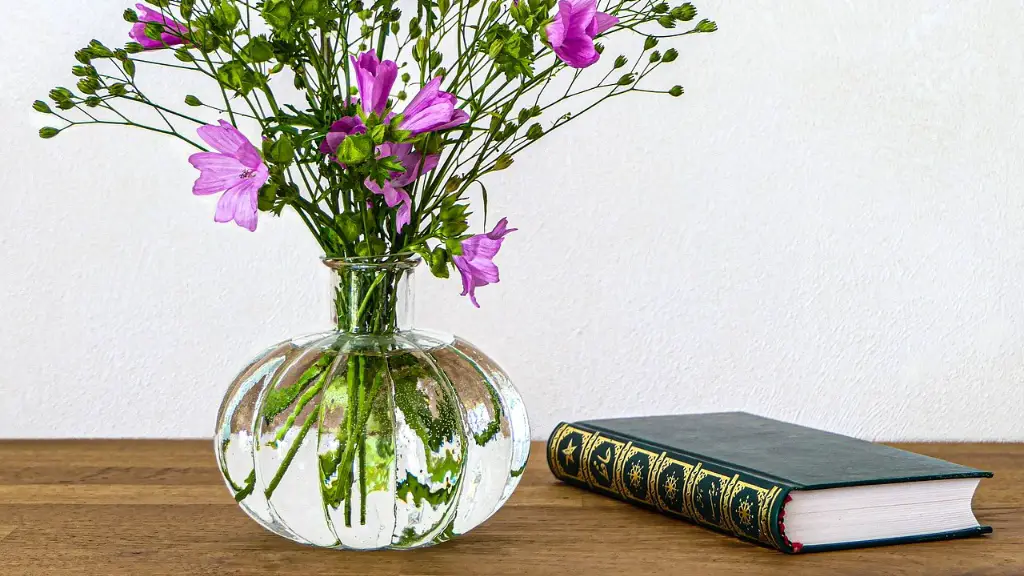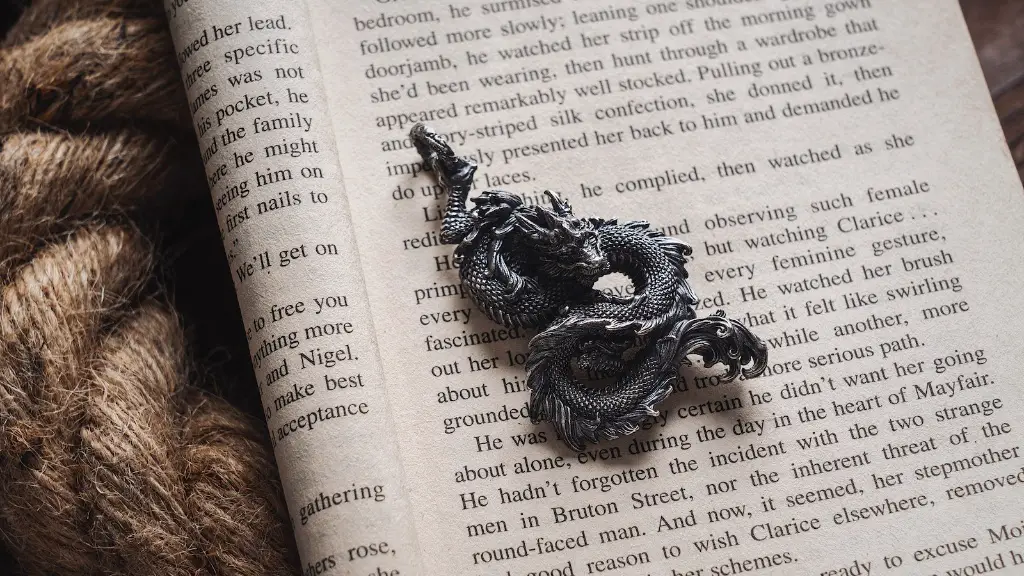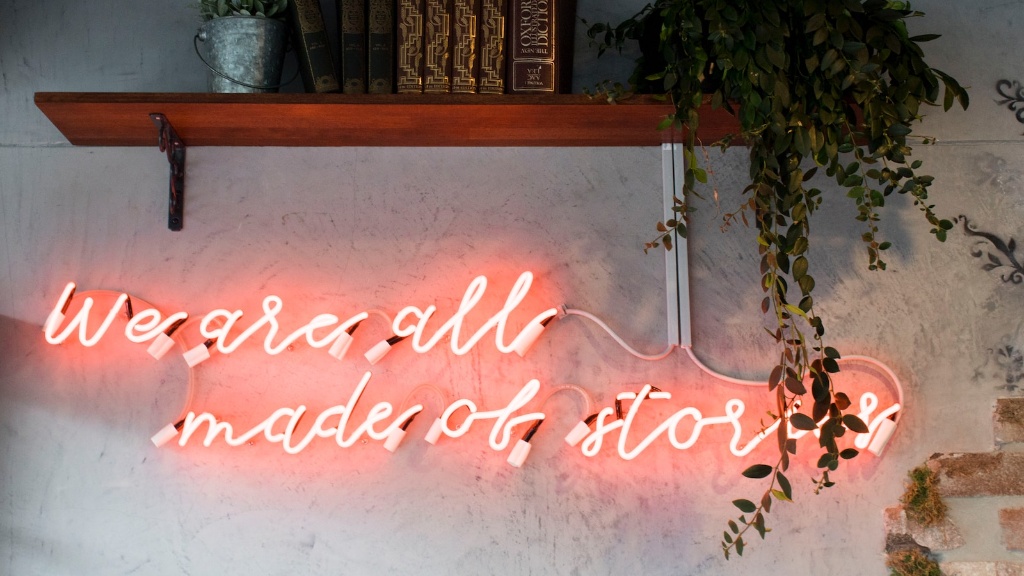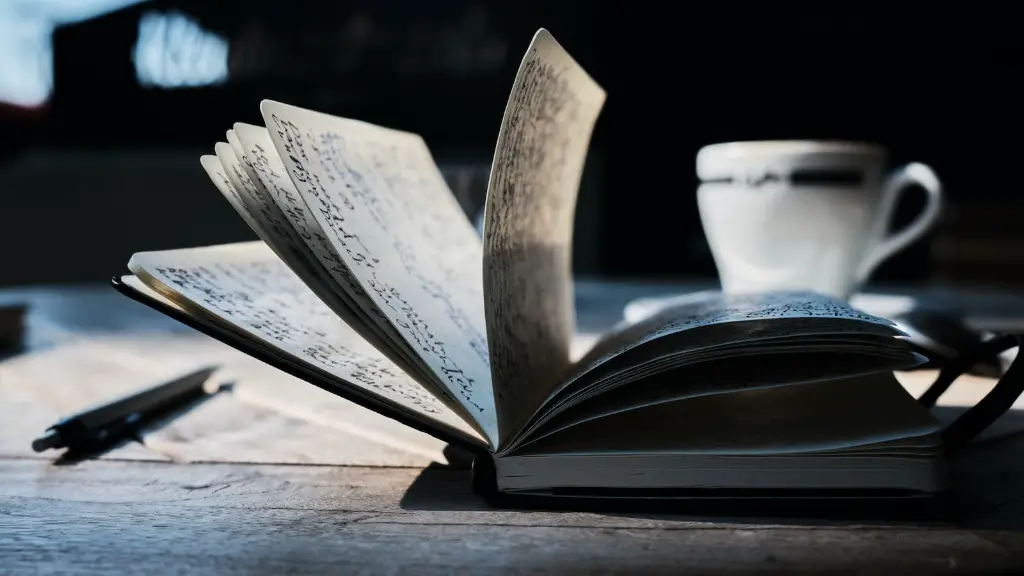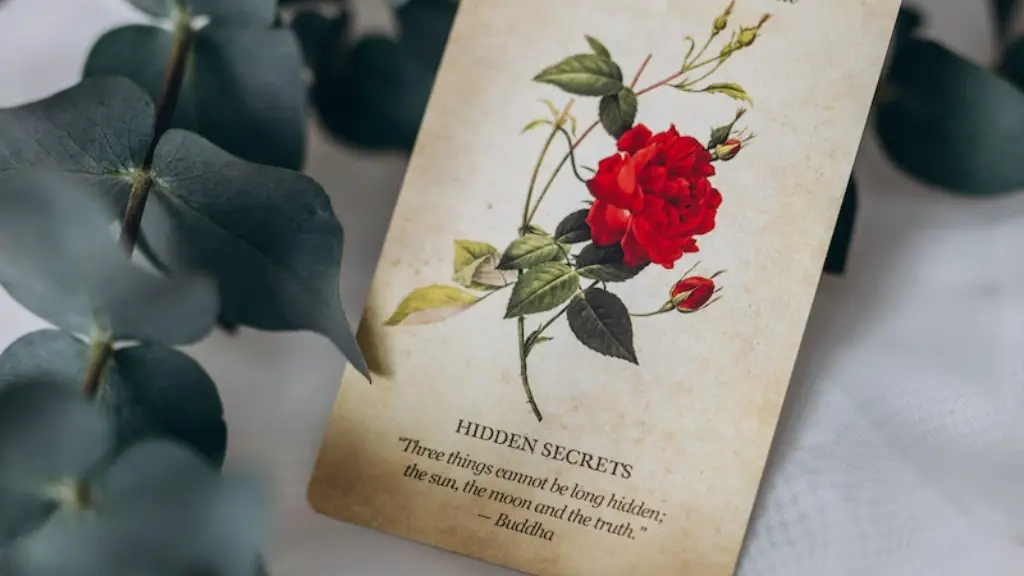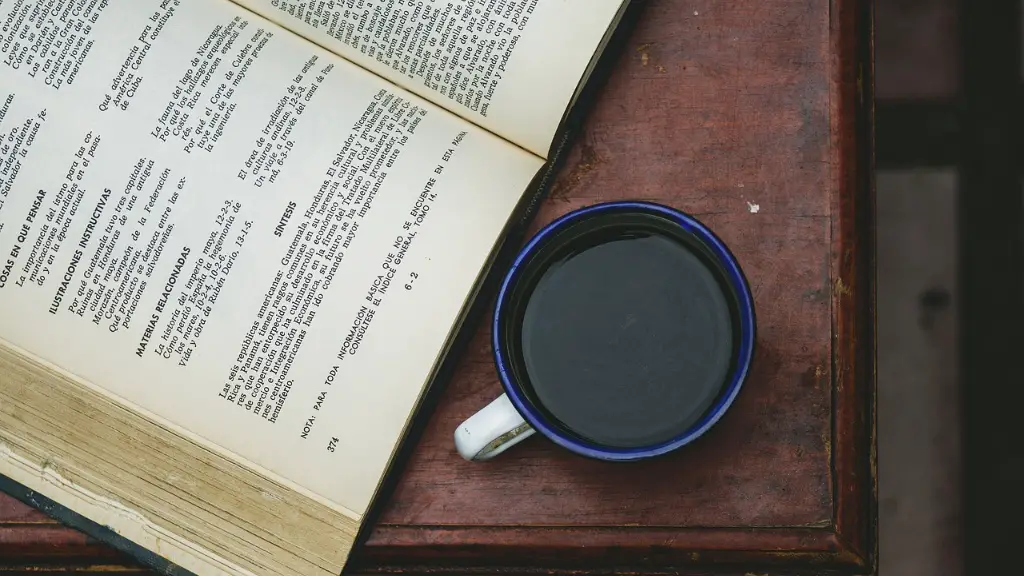What are Figurative Devices in Poetry?
Poetry is the art of writing and thoughtfully constructing works of art with the intentional use of figurative devices. Many of the different elements of language are used to form rich and nuanced word pictures that are open to individual interpretation. Poetry is a vast and powerful form of communication, with many expressive and emotive effects.
Figurative language is the use of language to convey a thought, impression, or idea in a way that is different from its literal meaning. A figurative device is the use of a single element of language to produce a particular effect, such as a metaphor or simile. Figurative devices are used in literature, arts, and everyday conversations to give extra depth and meaning to a statement. When used in poetry, these devices create an intimate relationship between the poem and the reader as they each interpret the poem according to their own experience.
Figurative devices are an essential part of a poem’s overall structure, and they can be used to evoke different emotions or to convey a deeper message. The most common types of figurative devices are metaphors and similes, which are often used to compare one thing to another, or to paint a vivid mental image. Personification is another type of figurative language, in which inanimate objects or abstract ideas are given human traits or characteristics.
The use of rhyme and alliteration affects the overall sound of a poem, as words are repeated in a certain pattern to add musical or aesthetic effects. Additionally, hyperbole is often used to exaggerate certain statements for dramatic effect, while irony is used to express the opposite of what is actually meant. All of these elements of language work together to create an intense visual and emotional experience for the reader.
Figurative devices are a powerful tool for poets, as they provide a unique way to express complex thoughts, feelings, and ideas. While the literal meaning of a poem may not always be clear, the use of figurative language can help to evoke a strong reaction in the reader. As such, it is important to understand the various types of figurative devices used in poetry in order to appreciate their power and effect.
Metaphors and Similes
Metaphors and similes are two of the most common forms of figurative language used in poetry. A metaphor is a direct comparison between two different things, while a simile compares two things using the words “like” or “as”. Both metaphors and similes can be used to illustrate a thought, feeling, or idea, and to give the reader a vivid mental image. For example, a poet might write: “My love is like a rose, with its petals showering me in tenderness and beauty.” In this metaphor, love is compared to a rose, suggesting that it brings beauty, joy, and love.
Metaphors and similes can also be used to create strong contrasts between the two things being compared. For example, a poet might write: “My heart is like a storm cloud, raining hard memories on a sunny day.” In this metaphor, the storm cloud is compared to a heart, suggesting that sorrow and pain can exist even in the brightest moments.
Personification
Personification is the attribution of human qualities or characteristics to inanimate objects, animals, or abstract ideas. It is used to create vivid images and convey a sense of individuality and vitality. For example, a poet might write: “The wind whispered secrets in my ear.” Through personification, the wind is assigned a human quality (whispering) in order to express emotion and create an intimate relationship between the wind and the reader. Personification can also emphasize a point or elicits emotions and feelings in the reader.
Rhyme and Alliteration
Rhyme and alliteration are two figurative devices used to add musical effects to a poem. Rhyme is the use of similar sounds at the end of two or more words, creating a harmonious, musical sound. Alliteration is the repetition of the same initial letter or sound in a series of words, resulting in a rhythmic pattern. Rhyme and alliteration work together to create the musical, lyrical quality of a poem, and to help the reader to remember and recall the poem easier.
In addition to adding musical effects, rhyme and alliteration can also be used to emphasize certain words or ideas. For example, a poet might write: “The yellow tulips twinkle in the twilight.” Here, the repetition of the “t”sound in the words “twinkle” and “twilight” gives the line extra emphasis, suggesting that the tulips are particularly beautiful at this time of day.
Hyperbole and Irony
Hyperbole is a figure of speech in which words are used to exaggerate or over-exaggerate a statement. It is often used to create a humorous or a dramatic effect, and to emphasize a point or to capture the reader’s attention. For example, a poet might write: “My love is as deep as the sea.” Here, the poet is exaggerating the depth of love, in order to emphasize the magnitude of its emotion.
Irony is the expression of one’s meaning by using language that has the opposite meaning. It is often used to create a humorous or a dramatic effect, and to make a point in a subtle way. For example, a poet might write: “He should have known better than to trust.” Here, the poet is suggesting that the person should have seen the danger in trusting someone, and is using irony to convey the opposite meaning.
Power of Poetry
The use of figurative devices is an integral part of poetry, as they provide an additional layer of meaning and interpretation to a poem. They allow the poet to use vivid language and craft word pictures that are open to individual interpretation. When young writers are learning to use figurative devices, they should explore the various types of figurative language and consider how they can be used to add depth and emotion to a poem.
By understanding and experimenting with the various figurative devices used in poetry, young writers can develop their writing skills and create powerful works of art. The use of figurative language can also help them to express complex thoughts and feelings, and to evoke powerful emotions in their readers.
Enticing Imagery
Figurative devices can be used to add depth and emotional appeal to any type of poem. For example, a poet might use metaphors to illustrate a thought or an idea, or personification to create vivid visual images. Additionally, the use of rhyme, alliteration and hyperbole can evoke a strong emotional response from the reader. The combination of these elements of language can be used to craft compelling and powerful word pictures that will leave a lasting impression on the reader.
When writing a poem, it is important to consider the various figurative devices available, and to choose the most suitable one to convey a particular thought or emotion. Figurative devices can be powerful tools to evoke powerful emotions in a poem, but they should be used sparingly and with care in order to maintain a high level of clarity and understanding.
Varying Structure to Evoke Emotions
The structure of a poem can also have an effect on the overall meaning of the work. Poems can be written in a variety of forms and styles, each of which can have its own emotional impact. For example, an abcb rhyme scheme gives the poem a more formal, classical feel, whereas a free-verse poem can evoke a sense of spontaneity and freedom. Poets should be aware of the different structures and consider how they can help to convey a particular emotion or thought.
The structure of a poem can also be used to emphasize certain words or ideas. For example, a poet might write a poem in the form of a sonnet or a villanelle in order to give special emphasis to a certain line or thought. Additionally, a poet might use an unusual rhyme scheme or a variation in meter in order to convey a certain emotion or thought in a subtle way.
Final Thoughts
Figurative devices are an invaluable tool for poets, as they can be used to express complex thoughts, feelings, and ideas in a vivid and powerful way. By understanding the different types of figurative language available and the various ways in which they can be used, the poet can craft a poem that will engage the reader and evoke strong emotions.
The poet should consider the structure of the poem and how it will affect the overall meaning, as well as the various figurative devices that can be used to illustrate ideas and feelings. Ultimately, by understanding and experimenting with the various elements of language available, the poet can create an engaging and powerful work of art that will leave a lasting impression on the reader.
